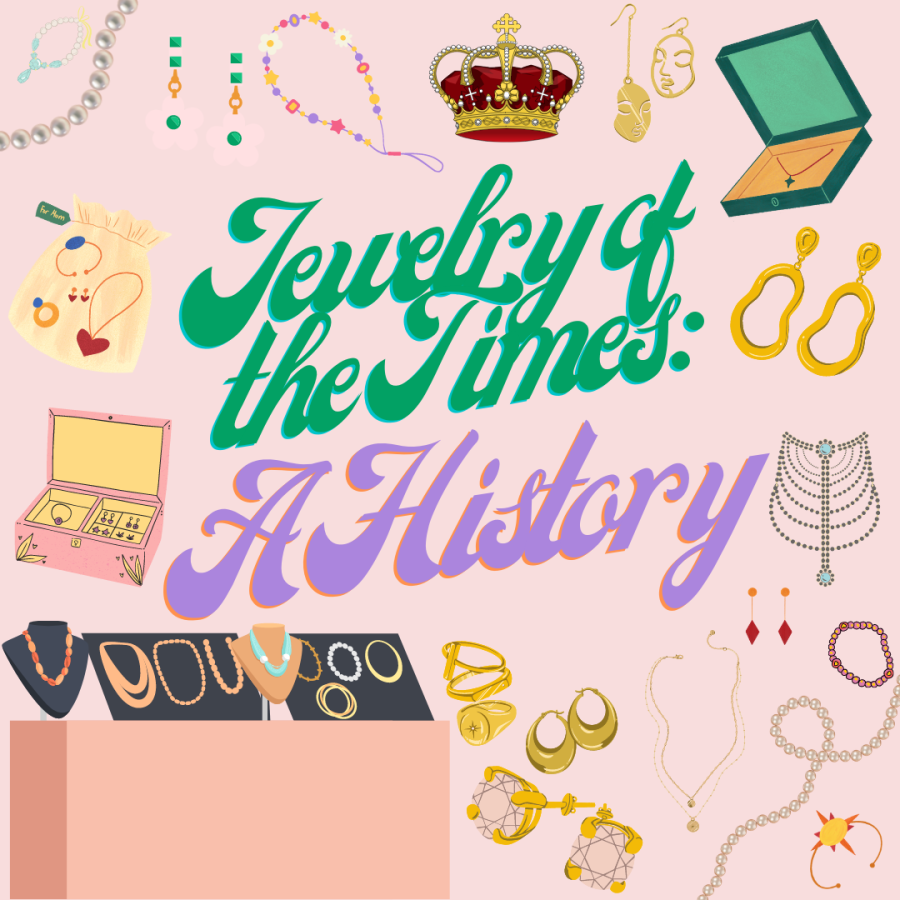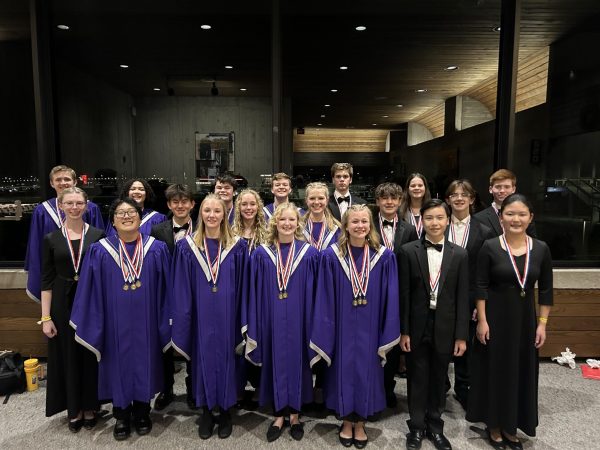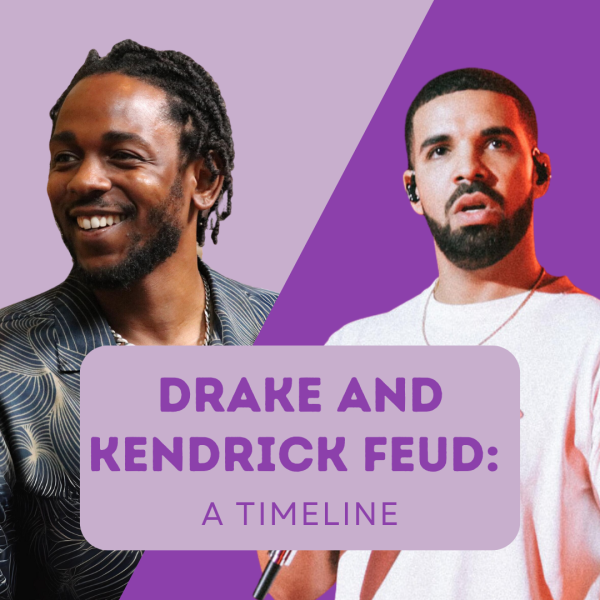Jewelry of the Times: A History
Explore the beginnings of jewelry, and how it’s evolved to be a staple in today’s culture.
Jewelry has been around for thousands of years, and over time, its adaptation has been prominent throughout the centuries.
The first trace of what archaeologists considered ‘jewelry’ was found in Bizmoune Cave, Morocco through 2014-2018. The 33 shell beads they uncovered seemed to be anywhere from 142,000 to 150,000 years old, with indents that implied they had once been strung together and worn by people who once lived in the area (ARTnews).
Some of the earliest traces of jewelry were discovered in the Mediterranean. These amulets, crowns, headdresses, rings, pins, earrings, and seals were simple, but scientists believe that the people who wore them believed they would benefit with luck, de-stressing, love, etc., from the crystals, stones, floral decorations, and stars placed and engraved into the pieces (IGS).
The Egyptians, Greeks, Romans, early people of the Crusades Wars, and countries like the ones in the Mediterranean and the Byzantine Empire are huge factors when it comes to understanding the history of jewelry.
Egyptians wore talismans, bracelets, and amulets much like the people of the Mediterranean. They implemented gemstones, bones, and glass into their work.
The Greeks introduced Greek Mythology, such as Gods and Goddesses into their crowns, hairpins, brooches, and all other types of jewelry. The pieces combined gemstones from the East and the gold of the Etruscans.
The Romans believed, that the gemstones they discovered were to be treated with respect that matched closely with their beliefs of myth and magic throughout their history.
The people of the Crusades Wars caused the primary growth, trade, and mix of jewelry from all sides, introducing new ideas to the Europeans, where Neathandral jewelry had once been originally found.
The Byzantine Empire had the richest traditions in jewelry that no other had ever seen. This Empire mixed Egyptian, Greek, Russian, North African, and the Near East’s tastes of jewelry into thousands of bright colors and symbolism that lasted through the Middle Age. When the Byzantine Empire fell with Rome, their ideas of jewelry had already spread into Europe and continued to flourish throughout history (IGS).
Culture is also a big part of the history of jewelry. Religions play a big role in this; Christianity with crosses and rosaries. Native Americans and their beading, feathers, and leather. Jade in China, the Star of David in Judaism, the Buddha charm and lotus flower charm in Buddhism, and Allah Jewelry and the Tasbih in the Muslim faith are also a few more worldwide.
Today, these ideas are found everywhere across the globe. While the jewelry back then may not be the same as the chunky, plastic, resin, beaded, rainbowed, thin, minimalistic jewelry seen today, they were the foundation of what is found now.
Jewelry took off in the 1900s and 2000s, and the progression throughout the decades shows a lot of influence from earlier centuries. Gold and gemstones are still rooted in today’s jewelry culture, spanning from wedding bands to headdresses, necklaces to anklets.
From the era of 1900-1910, the idea of softer, romantic jewelry took off. Hearts, lace, floral designs, swags, foliate wreaths, garlands, tassels, ribbons, brooches, and bows were the mainstream ideas during this time. Pearls, the color white, diamonds, and platinum were found everywhere during this decade, which is also known as the ‘Edwardian Jewelry’ or the ‘Belle Epoch,’ and was heavily influenced by the French and the brand Cartier (TenTwoThree).
During 1920-1930, more chunky, sparkly jewelry took off due to the lady known as the ‘Flapper.’ Fur, long strands of beads, cloche hats, and animal prints were huge. The 1930s, also known as the ‘Jazz Age’, influenced huge designer brands like Gucci, Marchesa, Roberto Cavalli, Armani, Chloe, and Ralph Lauren have taken on inspiration from this era in their recent catwalks (FireMountainGems).
The 1940-1950 era turned away from plastics and more towards conversational pieces like expensive gems and stones and then delved from retro into glitzy with faux pearls and necklaces. Brooches were huge during this time, they were essentially a staple in any woman’s closet (VintageGirlJewelry).
The 1960s unleashed the height of fashion and jewelry, bringing back retro and chunky styles, with yellow, coral, and turquoise. It brought abstract designs and bright, alluring colors to the table for jewelry culture. This trend carried on throughout the 70s, which also brought back tassels and gold.
The 80s was a bold decade of fashion, carrying large, chunky jewelry throughout its wake, and then the trend hit a low in the 90s. The 90s toned back on color and size but still kept some ideas from the 3 previous decades.
Now, in the 2000s, jewelry has mixed all of these ideas together. People have taken color, size, and all forms of materials into play. Chunky rings, delicate necklaces, not as many crowns and headdresses, but just as many bracelets. These past influences of jewelry can be seen throughout today’s culture.

Addison is a senior at Liberty this year, and her third and final year on the Liberty Live Wire staff. She enjoys reading, writing, crafting jewelry, being...








